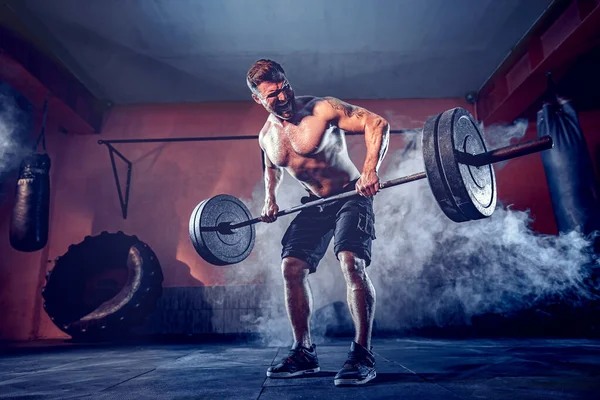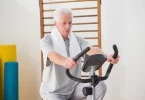How many calories does a powerlifting workout burn? Powerlifting is a strength workout that involves lifting as much weight as possible in three specific exercises: squat, bench press, and deadlift.
It’s an intense and demanding form of exercise that requires both physical and mental strength. While the primary goal of powerlifting is to increase strength and muscle mass, many people wonder how many calories they can burn during a powerlifting workout.
After all, burning calories is an essential part of weight loss and weight maintenance.
This article will examine how many calories your powerlifting workout burn and how to make the most of your exercise.
Understanding Calories
Before we dive into the world of powerlifting, it’s important to understand what calories are and why they are important.
Calories are a unit of measurement for energy. When we consume food, we are consuming calories that our body uses for energy. The more calories we consume, the more energy we have.
However, if we consume more calories than we need, the excess calories are stored as fat. This is why it’s essential to burn calories through exercise.
Factors that Affect Calorie Burning
Several factors influence the number of calories burned during exercise. These include body weight, exercise duration, exercise intensity, and rest intervals.
Generally, the more you weigh, the more calories you’ll burn during exercise. Longer exercise sessions also burn more calories than shorter sessions, and higher-intensity exercises burn more calories than low-intensity exercises.
Finally, shorter rest intervals between sets can increase calorie burn.
How Many Calories Does A Powerlifting Workout Burn
Generally, powerlifting can burn between 90 and 126 calories in a 30-minute workout, depending on the person’s body weight. Vigorous powerlifting for 30 minutes can burn 180 to 252 calories, depending on the person’s body weight.
The number of calories burned depends on the intensity of the workout and the person’s body weight.
Let’s take a closer look at the three powerlifting exercises and their impact on calorie burn:
Squats
Squats are an excellent exercise for building leg strength. They also burn a significant number of calories. On average, a 150-pound person can burn between 135-225 calories in a 30-minute squat workout. For a 200-pound person, this number increases to between 180-300 calories.
Bench press
Bench press is an upper-body exercise that primarily works the chest, shoulders, and triceps. A 150-pound person can burn between 90-150 calories in a 30-minute bench press workout, while a 200-pound person can burn between 120-200 calories.
Deadlifts
Deadlifts are a full-body resistance training exercise that works multiple muscle groups, including the back, legs, and core. A 150-pound person can burn between 135-225 calories in a 30-minute deadlift workout, while a 200-pound person can burn between 180-300 calories.
For more specifics, try the Calorie Burn Rate Calculator, which highlights the degree of calories burned depending on the workout‘s intensity and body weight.
How to make the most of your powerlifting workout
The ACSM guidelines stated you should aim for 150 minutes of cardiovascular exercise and two strength workouts every week to achieve optimum health, powerlifting falls under strength and cardiovascular exercise, and you should aim to have two to four sessions per week.
Below are the safety tips you should follow as you carry out your workout routine per week.
- Warm up for 5 to 10 minutes by doing stretches and cool down before going intense.
- Gradual increases and progress in your routine, especially if you are not very physically active.
- Avoid rushing to lift heavy weights. Start lifting lighter weights to master the techniques because getting the correct form and strength building takes time.
- Do not exercise too much if you are ill or feeling faint. It is advised to rest between strenuous workouts,
- Wear comfortable clothes and shoes that are suitable for powerlifting workouts.
- Exercise slowly with caution in a warmer climate or during hot seasons to avoid dehydration. Ensure to take a bottle of water along with you.
- Stop exercising when you begin experiencing signs of overheating, such as heart palpitations, dizziness, headache, nausea, or cramps.
Conclusion
Powerlifting is a good choice of exercise if you are aimed at burning calories and enjoying long-term effects. It is an excellent way to build strength and muscle mass. However, it’s also a great way to burn calories. The number of calories burned during a powerlifting workout depends on several factors, including body weight, exercise duration, exercise intensity, and rest intervals.








